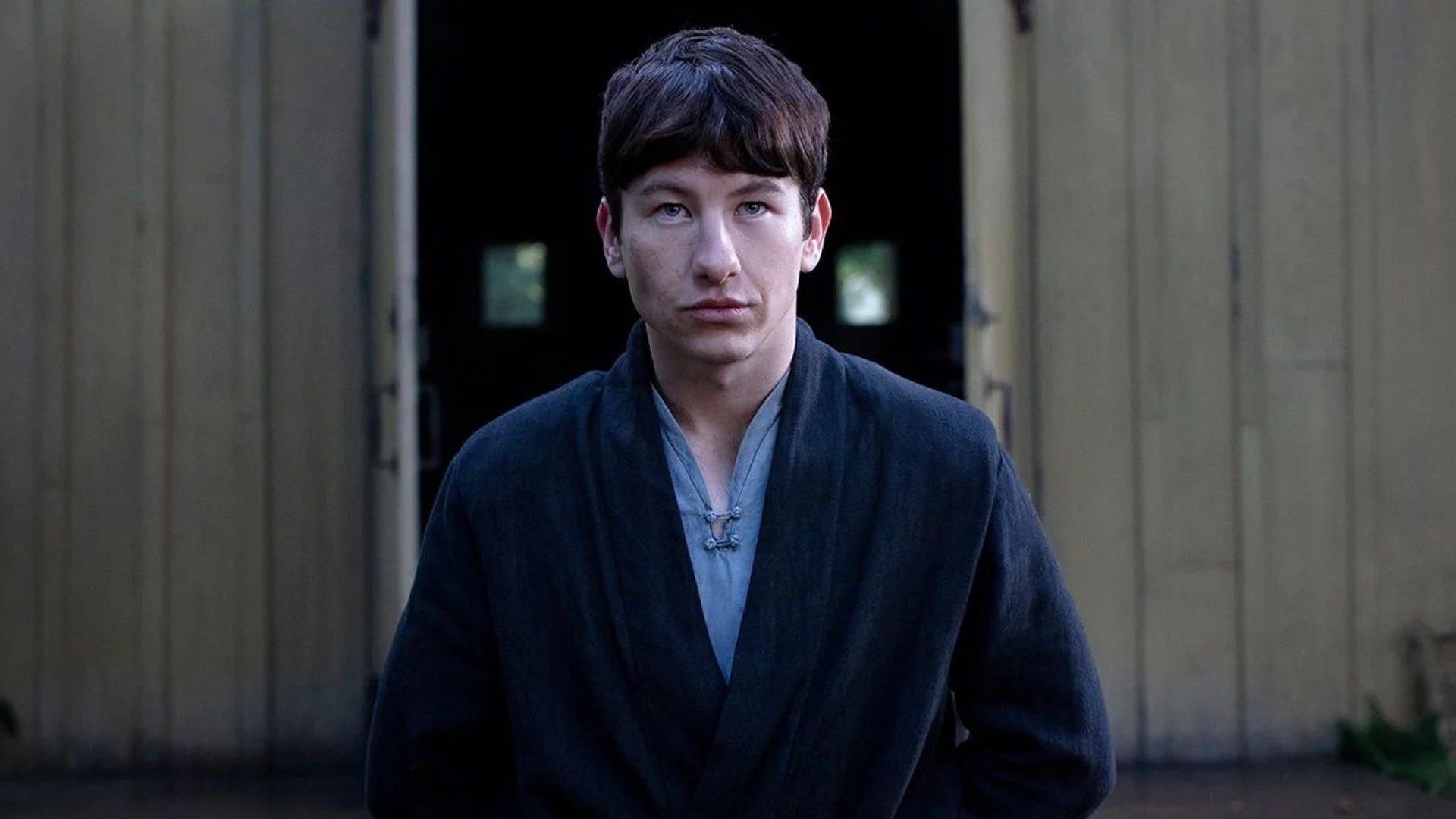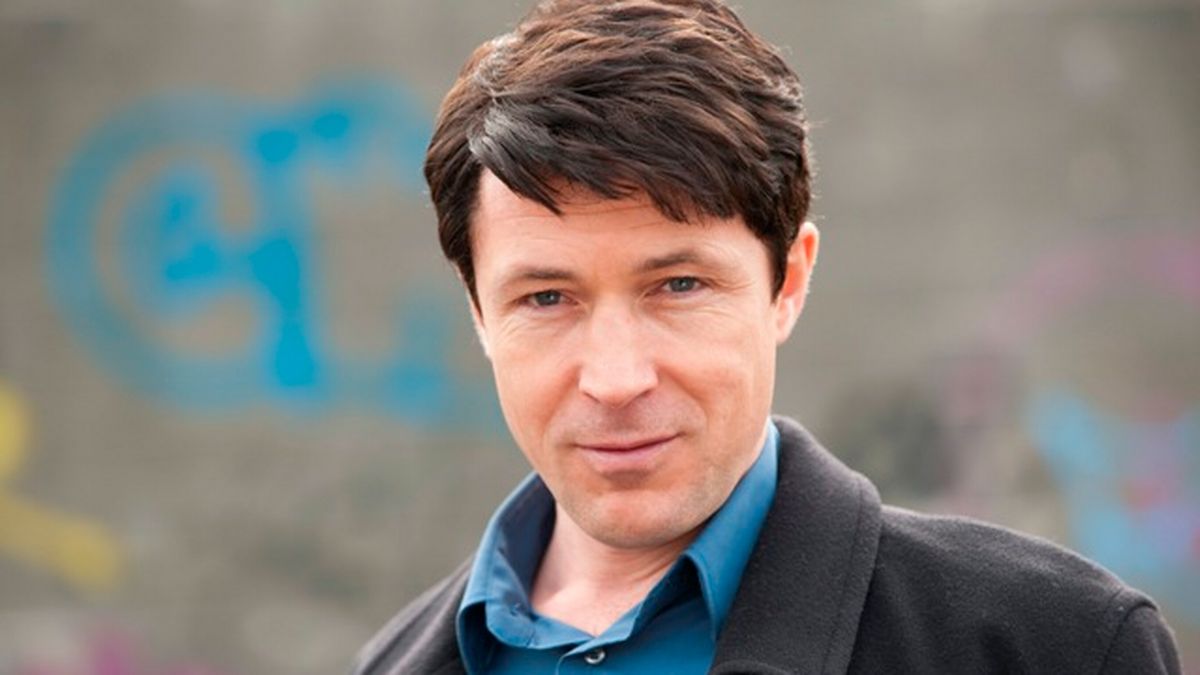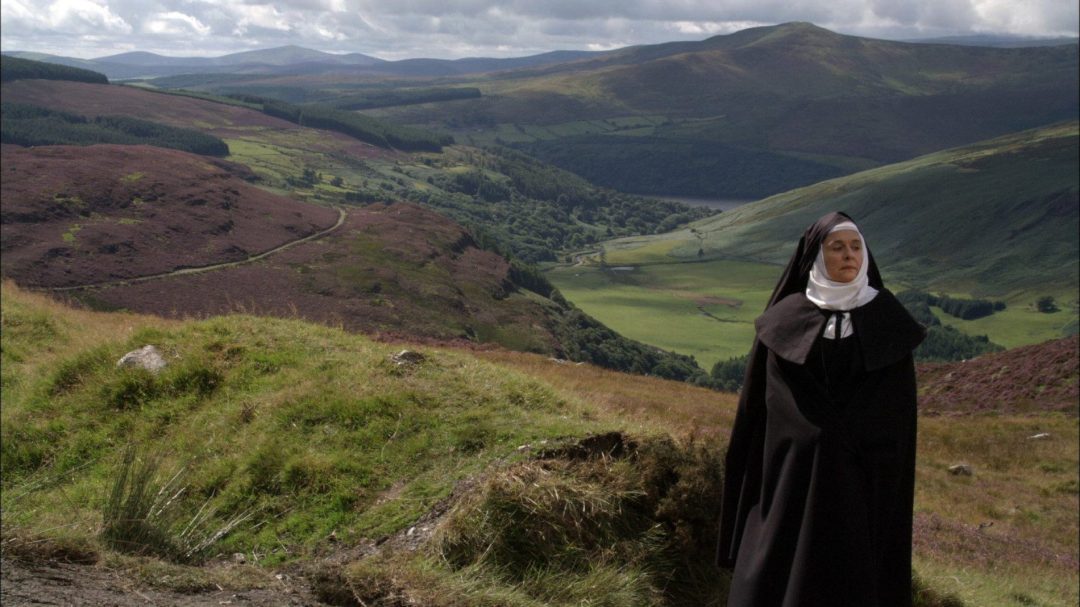The Early Christian period in Irish history was between 400AD – 800AD. The first Christians to arrive in Ireland most likely traveled from Britain and Gaul (France).
There is no written historical records for the beginning of the early Christian period in Ireland. Written records didn't start until the monastic started settling and began composing manuscripts.
Pagan Ireland
Before Christianity was introduced to Ireland the Irish were practicing Druids. They built some of the most impressive ritual sites found in Europe, such as the famous passage tomb of Newgrange constructed in the Stone Age period of ancient Ireland. The Druids built monuments all over Ireland, a sign of how important their own beliefs and worshipping of the sun had been to them.
Who brought Christianity to Ireland?
A chronicle published in 433AD by Saint Prosper, an important member of the Roman Catholic Church at the time, tells of the first Christian mission to Ireland.
Palladius was consecrated by Pope Celestine, and sent as the first Bishop to the Irish believing in Christ
Many people interrupt this entry as Palladious was the first canonical Bishop to Ireland. This leads to the belief that four “Palladian bishops” who ministered in the southern part of Ireland (Munster) were the first Christians to settle. The four Bishops are believed to be St Ailbe of Emly, St Ciaran of Saigir, St Abban of Moyarny, and St Declan of Ardmore.
The arrival of Palladius
Saint Palladius set sail for Ireland arriving at Hy-Garchon, known today as Wicklow, in 431AD. However, his stay would be very short-lived. The inhabitants of Hy-Garchon banished him from their land so he left and set sail again. Palladius next landed at the Orkney Islands in Scotland and never return to Ireland again.
Saint Patrick Arrives in Ireland
After Patrick was enslaved in Ireland he escaped and returned to his home in Britain where he became a cleric. He would later return to the northern and western part of Ireland as a Christian Missionary. Although there is no exact date recorded for the arrival of St Patrick in Ireland many estimates it to be approx 432AD.
Described in the Book of Armagh, mythologized version of events, is the earliest copy of Saint Patrick's Confessio which describes his dream:
I saw, in a vision in the night, a man whose name was Victoricus coming as it were from Ireland with so many letters they could not be counted. He gave me one of these, and I read the beginning of the letter, the voice of the Irish people. While I was reading out the beginning of the letter, I thought I heard at that moment the voice of those who were beside the wood of Voclut, near the western sea. They called out as it were with one voice: “We beg you, holy boy, to come and walk again among us.” This touched my heart deeply, and I could not read any further; I woke up then. Thanks be to God, after many years the Lord granted them what they were calling for.
St Patrick landed on a small island off the coast Skerries coast which is now named Inish-Patrick. Near this location, St Patrick converted the son of Irish Chieftain, Benignus, to Christianity. It’s believed St Patrick founded a monastery on the island which flourished until the invasion of the Vikings.
At Saul, in modern-day County Down, St Patrick converted a local pagan Chieftain by the name of Díchu mac Trichim. In return, mac Trichim donated a barn converted into a church as a gift to St Patrick.
Saint Patrick continued his mission in Ireland for the next 30 years. He converted many of the local Chieftains who were pagans and also established places of worship.
Converting Pagans to Christianity
Although the mission of Palladius in Ireland failed, Saint Patrick did seem to be more successful. At first, people were wary of his arrival and perceived him as a warrior or pirate. However, as they met St Patrick and discovered his gentle approach they gave little reluctance to be baptized and converted over as Christians.
St Patrick may have used a number of ways to convert the native Irish pagans to Christianity. One popular belief is he used the Shamrock to teach his followers about the holy trinity. Another example was using something the pagans were familiar.
Converting the pagans was not an overnight success, it would take years to happen along with the help of other Christians who were was converted by St Patrick.
Some important figures to rise from the popularity of Christianity in Ireland would include St Brigid of Kildare, Saint Enda, St Brendan, St Finnian of Clonard, and Columcille.
Christianity in Irish History
The newly arrived Christians in Ireland would play an important role in Irish society and the history of Ireland. Christianity flourished in Ireland producing many disciples who builtmonasteries all over Ireland. They taught languages, literature, and art becoming renowned all over Europe. Not only did this attract Scholars to Ireland it also became a target for Viking raids all over the island.
By the 12th century, the English became involved in Irish affairs after the invasion of the Anglo-Normans. New laws were being introduced to oppress the Irish Catholics. The Crown of Ireland Act 1542 ordered all monasteries in Ireland to be shut down.
Oliver Cromwell’s invasions in 1649 would see the removal of many places of worship. The Cromwellian Act Of Settlement 1652 was introduced to remove the Irish from ownership of land. However, this was reversed by the Act of Explanation passed in 1665 that ordered Cromwellian settlers to give back one-third of the land as a compensation to the Catholics.
In 1669 Rome appointed Oliver Plunkett as Archbishop of Armagh and he started a program of reviving and reorganizing the structures of the Church which had been all but destroyed in Ireland.
Saint Oliver Plunkett
In 1673 more Penal Laws were introduced in Ireland with the Test Act ordering clergy and lay to take Holy Communion in the manner of the Anglican Church. Oliver Plunkett refused to obey the Act and was arrested in 1679, charged with treason, and executed on 1st July 1681 in London. To this day Oliver Plunkett is recognized as an Irish martyr and celebrated as Saint.
After the Flight of the Wild Geese 1691 and conquering of Ireland by William of Orange more stricter anti-catholic penal laws were introducedwhich outlawed the Catholic clergy.
By the 19th Century, the state of affairs in Ireland was grim with poverty being common and land in the hands of non-Catholics. In 1823 Daniel O’Connell founded the Catholic Associationto fight for full emancipation in a peaceful manner in which he succeeded. Later in the century, the fight for land would turn violent in the land wars.
Christianity today in Ireland
According to the last Census in 2011 Christianity is the predominant religion in Ireland. 84% of the Irish population identify themselves as Catholics and the Church of Ireland being second. It’s still taught and practiced in schools and many Irish families are devoted followers of the Church.
Did you know?
Samhain, which means summers end, was a belief before the rise of Christianity and was a ritual to mark the start of the Gaelic year, although this is debated with historians. It was when Christianity began to increase it was changed to Hallowmac or All Saints day, more commonly known today asHalloween.
Sources & useful links
- St. Prosper of Aquitaine - catholic.org
- Saint Patrick's confessio - confessio.ie
- Full text of "Liber Ardmachanus: the book of Armagh" - Cornell University / archive.org
- St Ailbe of Emly - The Patrick of Munster catholicireland.net
- Life of S. Kieran of Saighir - maryjones.us
- St. Patrick and Skerries http://www.visitskerries.ie/st-patrick.html (no longer available)




